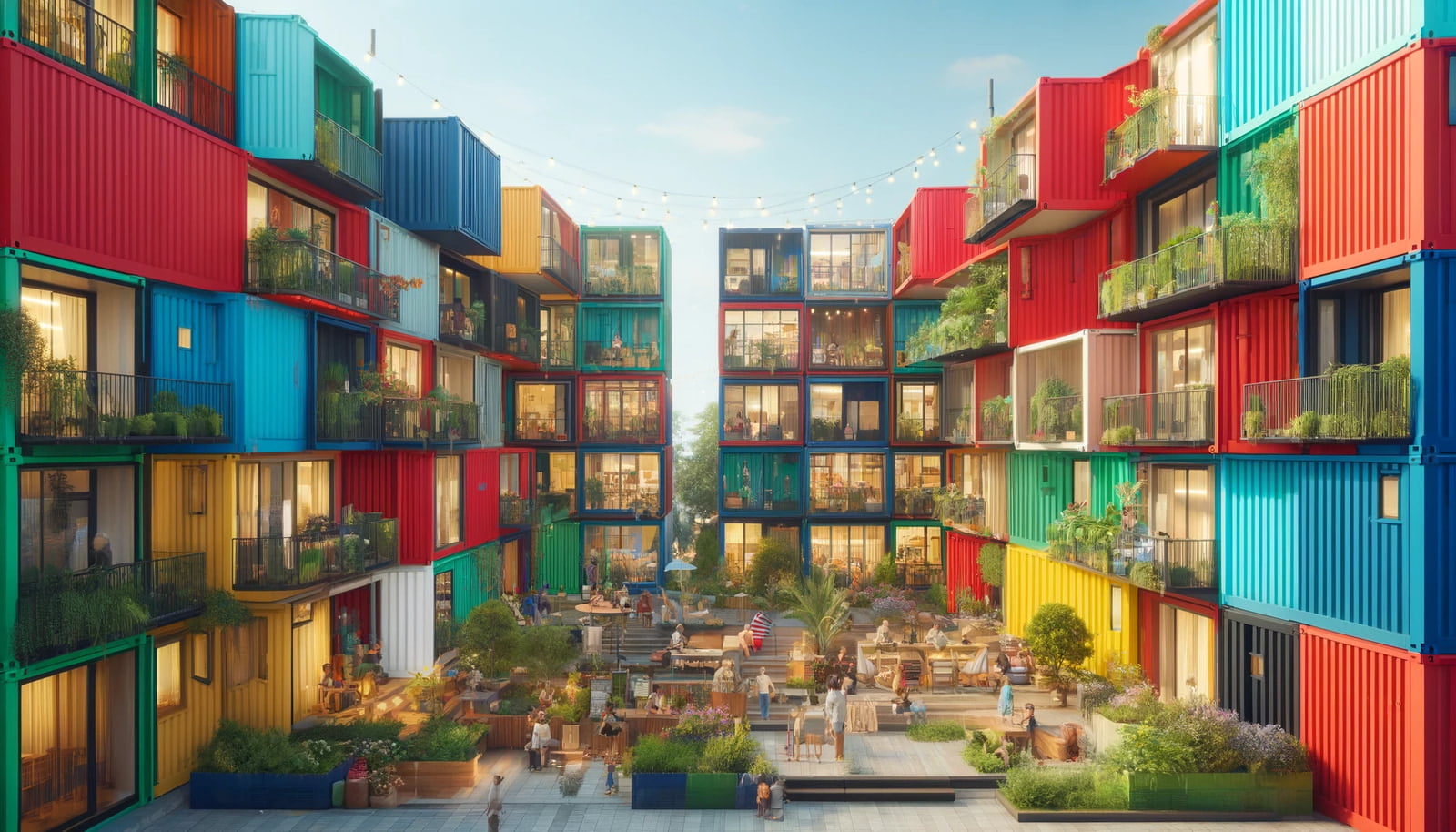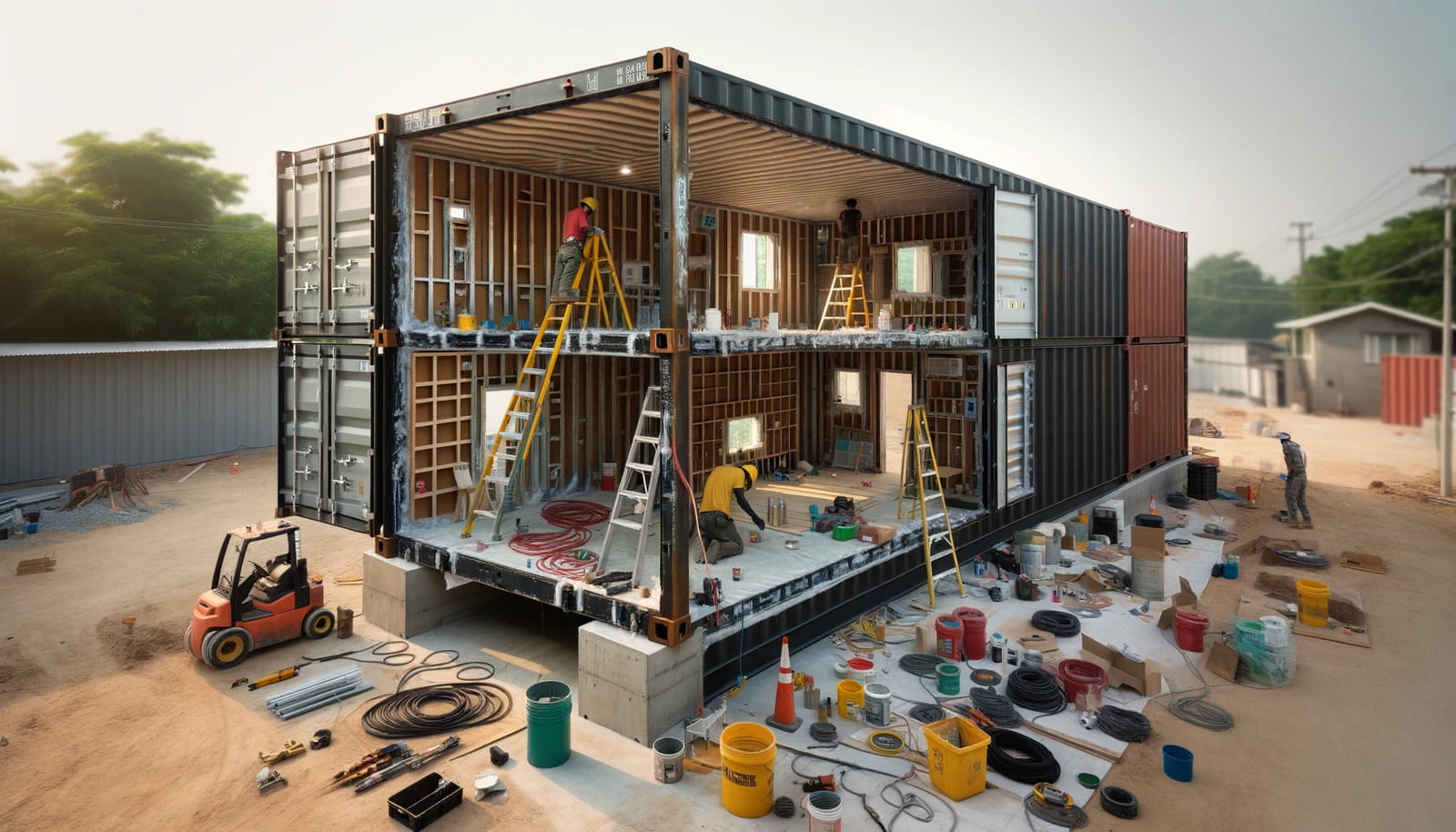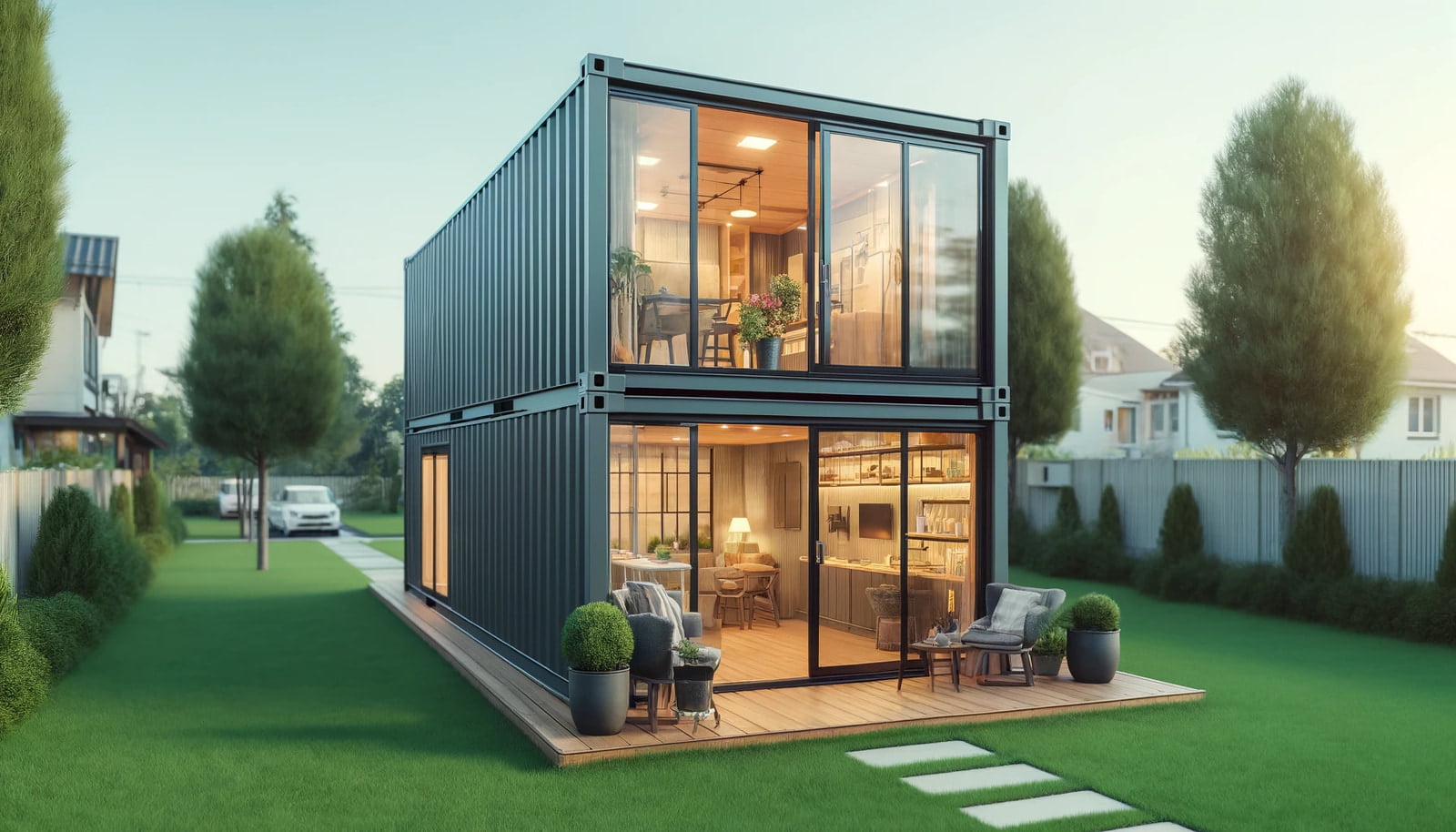
In a world grappling with a persistent housing crisis, unconventional solutions are gaining traction. Among these, repurposed shipping containers have emerged as a game-changer, offering a sustainable, cost-effective, and innovative approach to housing shortages. From trendy urban lofts to emergency shelters, the humble steel container has proven its versatility in addressing diverse housing needs.
The Rise of Container Homes.
Once confined to the realms of architectural experimentation, container homes have now entered the mainstream. What was initially seen as a quirky, alternative housing option has evolved into a practical solution embraced by architects, developers, and homeowners alike. The appeal lies in their affordability, speed of construction, and adaptability to various environments.

Affordable Housing Solutions.
One of the most significant advantages of shipping container homes is their affordability. Traditional construction methods often come with hefty price tags, making homeownership unattainable for many. In contrast, repurposed containers offer a cost-effective alternative, with estimates suggesting savings of up to 20% compared to conventional builds. This affordability opens doors for individuals and families who would otherwise struggle to find suitable accommodation.
Sustainable Living.
Beyond affordability, container homes champion sustainability—a crucial consideration in an era marked by environmental concerns. By repurposing decommissioned shipping containers, these dwellings breathe new life into materials that would otherwise end up in landfills. Additionally, their modular nature allows for easy customization and integration of eco-friendly features such as solar panels, rainwater harvesting systems, and green roofs. As society increasingly prioritizes sustainable living, container homes present a compelling solution that aligns with these values.
Rapid Deployment in Crisis Situations.
The versatility of shipping containers extends beyond permanent housing solutions. In times of crisis, such as natural disasters or refugee emergencies, these durable structures can be quickly deployed to provide temporary shelter. Their mobility and ease of assembly make them ideal for rapid response scenarios, offering a semblance of stability and security amidst chaos. Organizations and governments worldwide are recognizing the value of container-based emergency housing, ensuring that aid reaches those in need swiftly and efficiently.

Creative Design Possibilities.
Far from being cookie-cutter structures, container homes boast endless design possibilities. Architects and designers have embraced the challenge of transforming utilitarian containers into stylish, functional living spaces. From sleek, minimalist interiors to bold, avant-garde designs, the only limit is imagination. Moreover, the inherent modularity of containers facilitates easy expansion or reconfiguration, allowing homeowners to adapt their dwellings to changing needs over time.
Overcoming Challenges.
While shipping container homes offer myriad benefits, they are not without challenges. Regulatory hurdles, zoning restrictions, and concerns regarding structural integrity and insulation require careful consideration. Additionally, addressing the stigma associated with alternative housing forms is essential to widespread acceptance. However, with growing awareness and advocacy, these obstacles can be overcome, paving the way for broader adoption of container-based housing solutions.
Conclusion.
In an era defined by housing shortages, affordability concerns, and environmental imperatives, shipping container homes offer a beacon of hope. Their blend of affordability, sustainability, and versatility makes them a compelling choice for addressing diverse housing needs—from providing affordable homes for individuals and families to offering rapid response solutions in times of crisis. As the world grapples with evolving challenges, container homes stand as a testament to human ingenuity and innovation in reimagining the concept of shelter for the 21st century.


